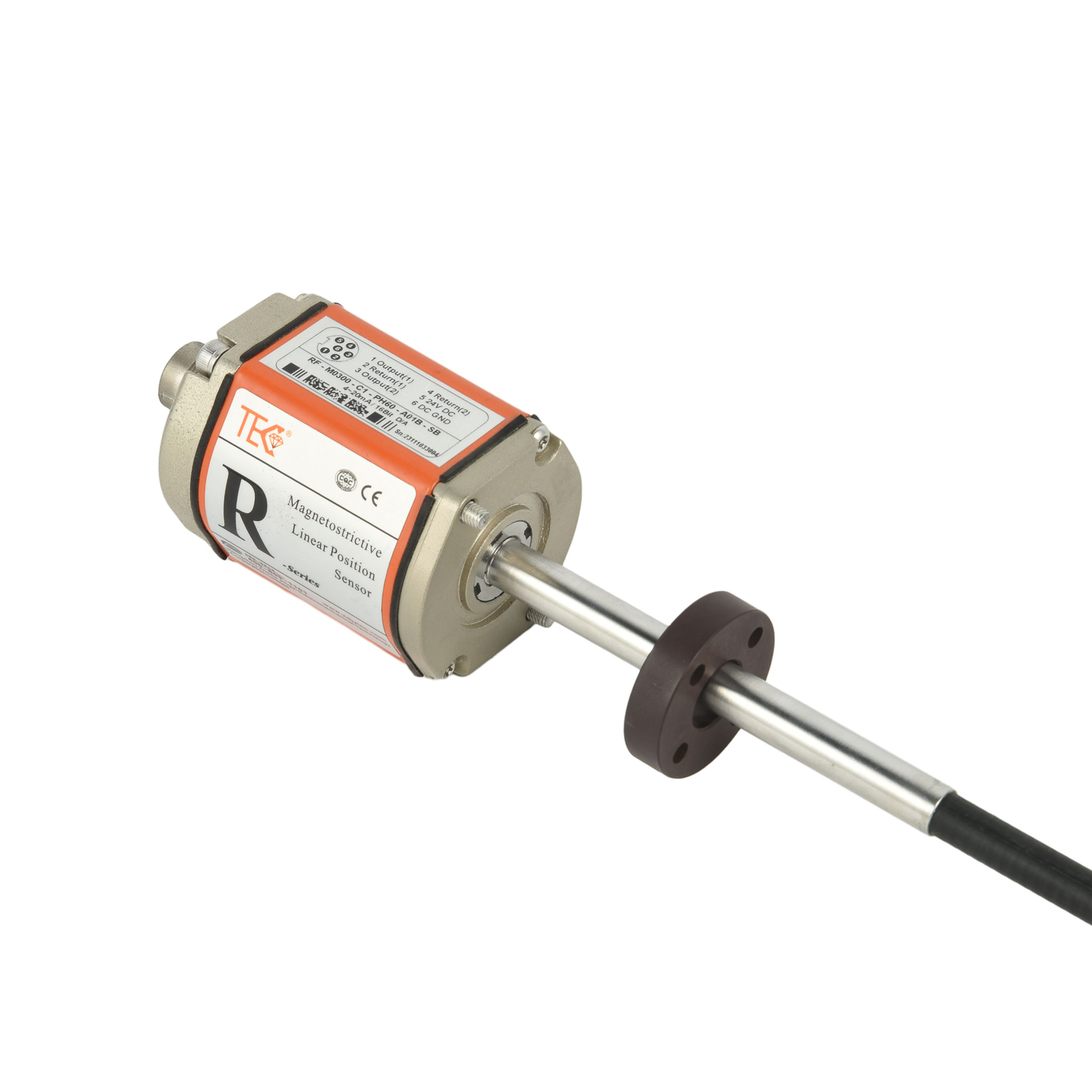What output signal types do magnetostrictive sensors support?
Magnetostrictive sensors are renowned for their high precision in position and level measurement across industrial applications. These devices convert mechanical displacement into electrical signals through the magnetostrictive effect, where a ferromagnetic material changes shape under magnetic fields. The core functionality hinges on generating a torsional strain wave that propagates along a waveguide, with the time-of-flight measurement determining position accuracy. This physical principle enables multiple output signal types to interface with various control systems.
Analog Output Signals: The Continuous Data Stream

Analog outputs remain a fundamental option for magnetostrictive sensors, providing continuous voltage or current signals proportional to the measured position. The most common configurations include 0-10 V DC voltage outputs and 4-20 mA current loops. The 4-20 mA current loop is particularly valued in industrial environments for its noise immunity and ability to transmit signals over long distances without degradation. These analog interfaces allow direct connectivity to PLCs, displays, and data acquisition systems that require real-time, continuous data representation for process control and monitoring.
Digital Output Interfaces: Precision Data Transmission
Modern magnetostrictive sensors frequently incorporate digital outputs to meet higher precision requirements. Start-Stop (SSI) synchronous serial interface is widely adopted for its robustness and high-resolution data transfer capabilities. SSI provides absolute position data through clock-synchronized serial communication, making it ideal for motion control systems requiring exact positional feedback. Additional digital protocols like CANopen, DeviceNet, and IO-Link are increasingly implemented to support networked industrial architectures, enabling bidirectional communication, parameter configuration, and advanced diagnostics beyond mere position reporting.
Switch and PWM Outputs: Simplified Control Functions
Beyond continuous measurement, some magnetostrictive sensors provide switch outputs for threshold detection or alarm triggering. These binary signals activate when measured values exceed predefined limits, enabling simple control functions without full analog interfacing. Pulse Width Modulation (PWM) outputs offer another alternative, converting position data into duty-cycle modulated square waves. PWM signals are computationally efficient for microcontrollers and serve applications requiring proportional control rather than absolute position values, such as basic servo mechanisms or hydraulic valve control.
Selecting the Right Output for Your Application
Choosing the appropriate output signal depends on multiple factors: system compatibility, environmental noise, transmission distance, and required resolution. Analog outputs suit simpler systems with moderate accuracy needs, while digital interfaces like SSI support high-precision automation equipment. Network-enabled protocols facilitate Industry 4.0 integration with centralized data management. Understanding these options ensures optimal sensor selection for specific industrial scenarios, balancing performance, cost, and interoperability with existing control infrastructure.
 UpgradingYourLevelMeasurementS
UpgradingYourLevelMeasurementS
 Why are magnetostrictive level
Why are magnetostrictive level
 ComparingMagnetostrictiveandRa
ComparingMagnetostrictiveandRa
 MagnetostrictiveLevelSensorfor
MagnetostrictiveLevelSensorfor
